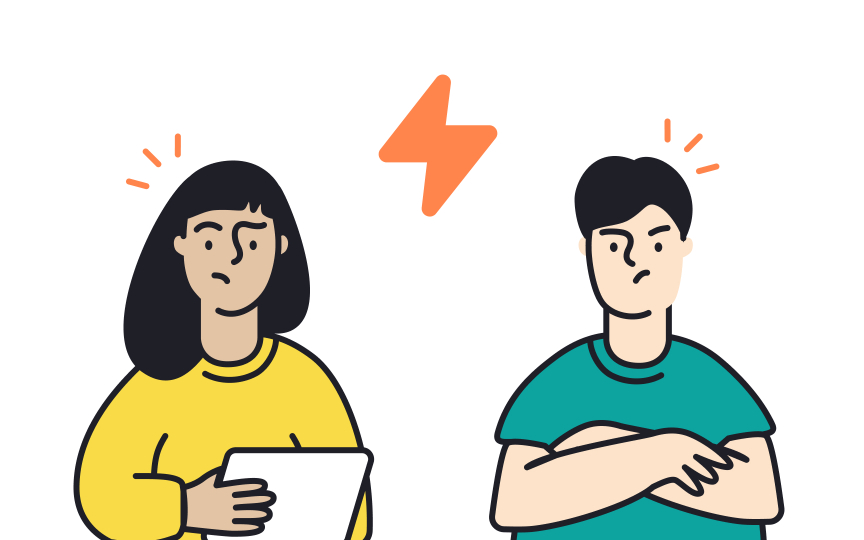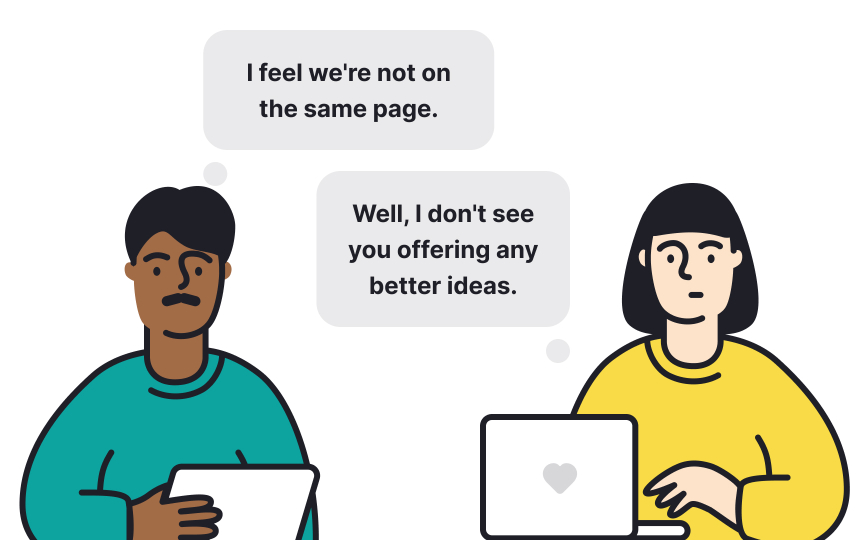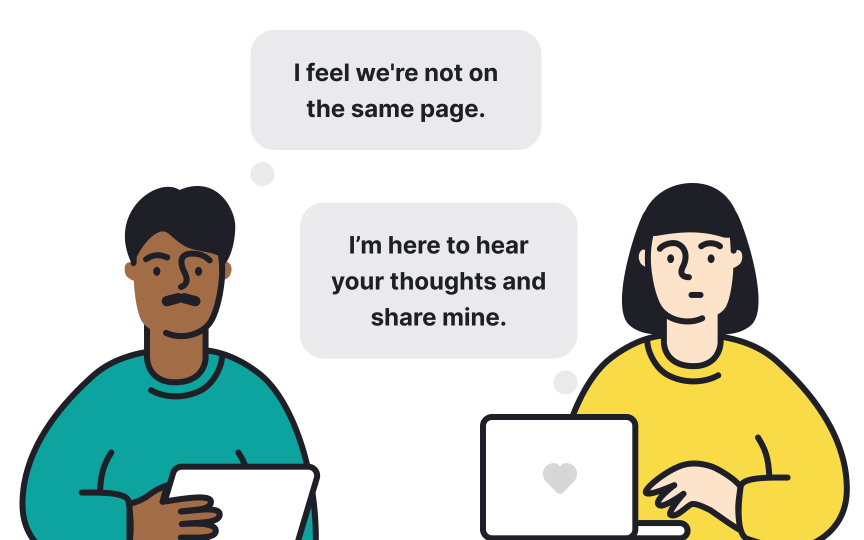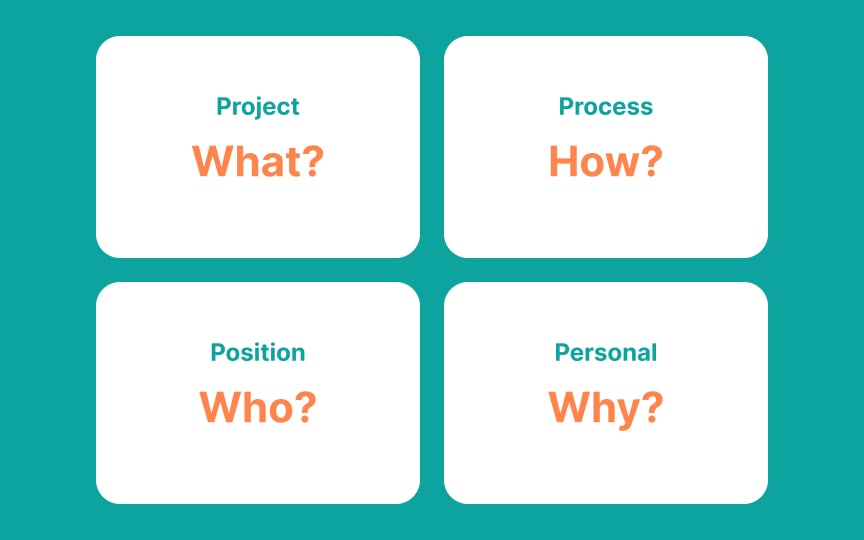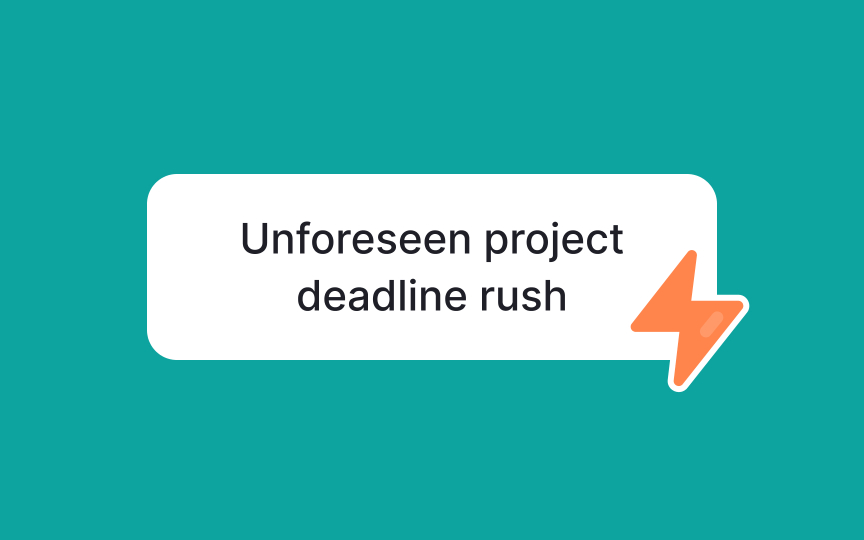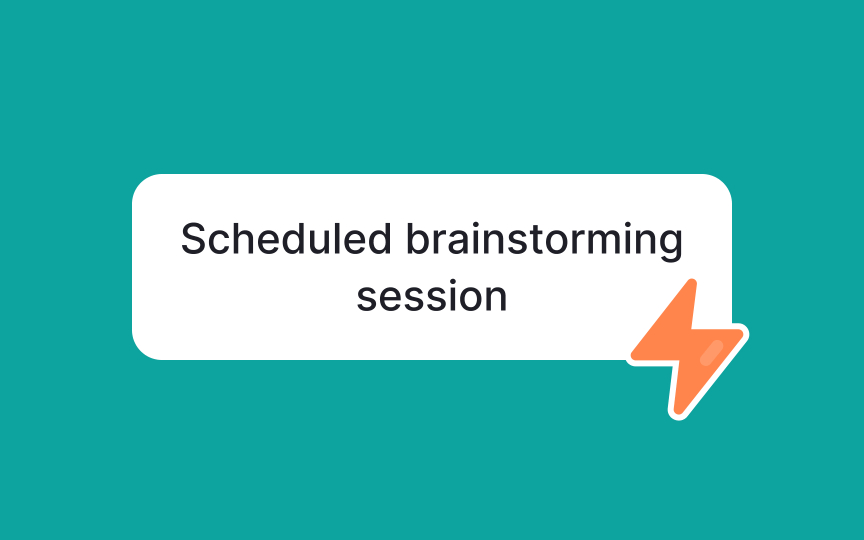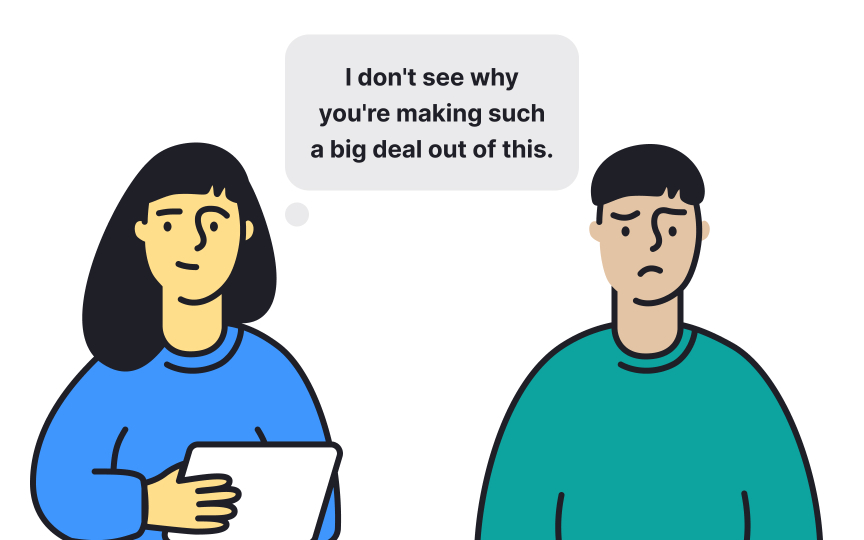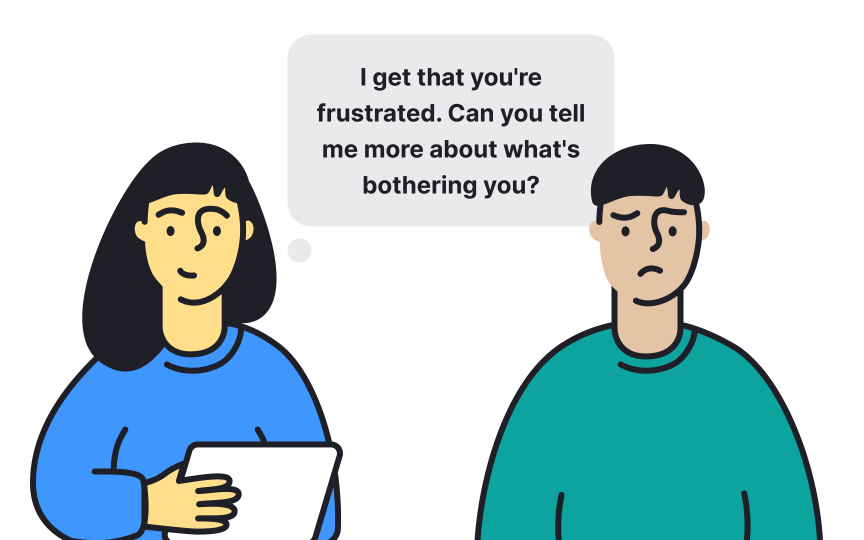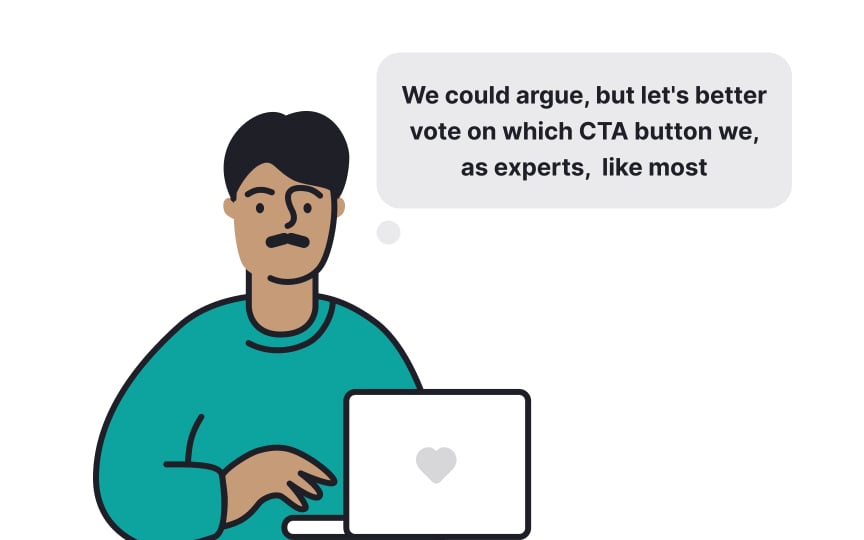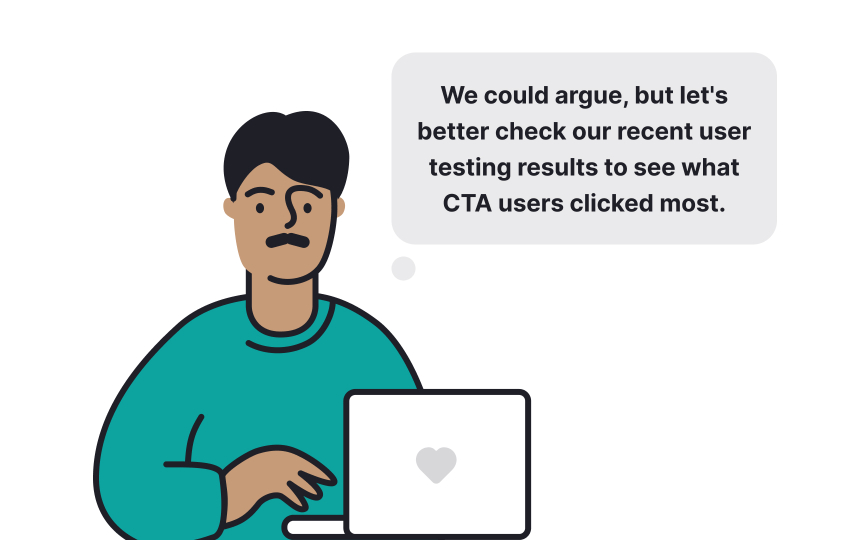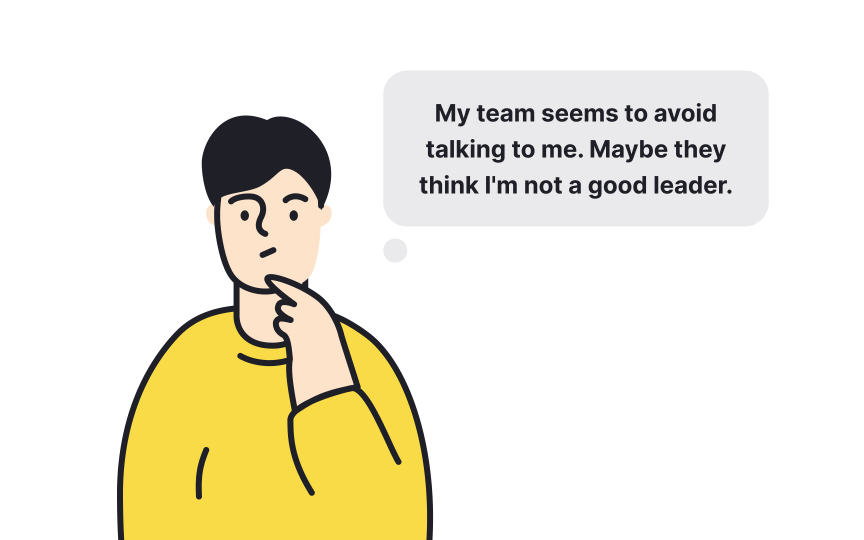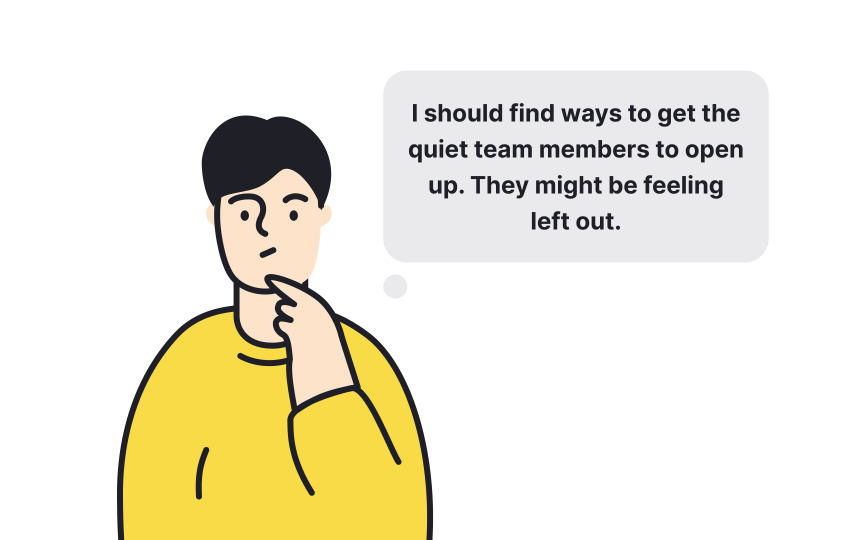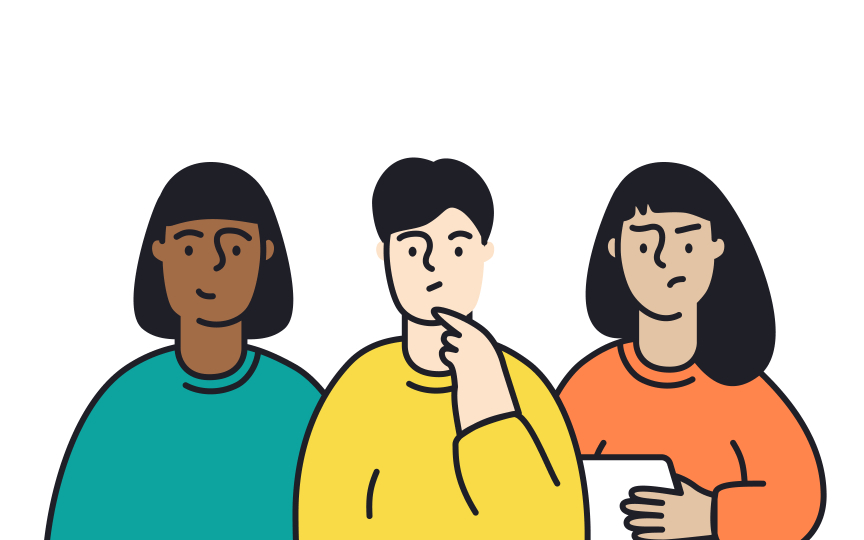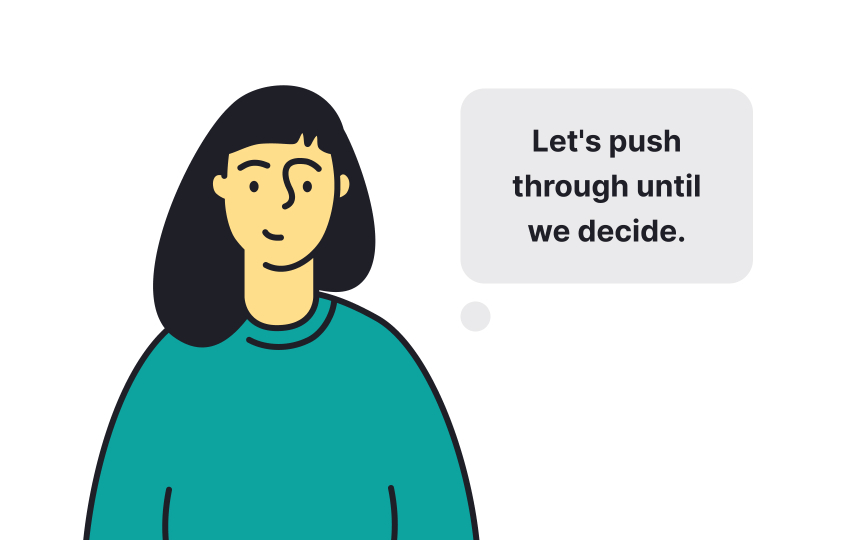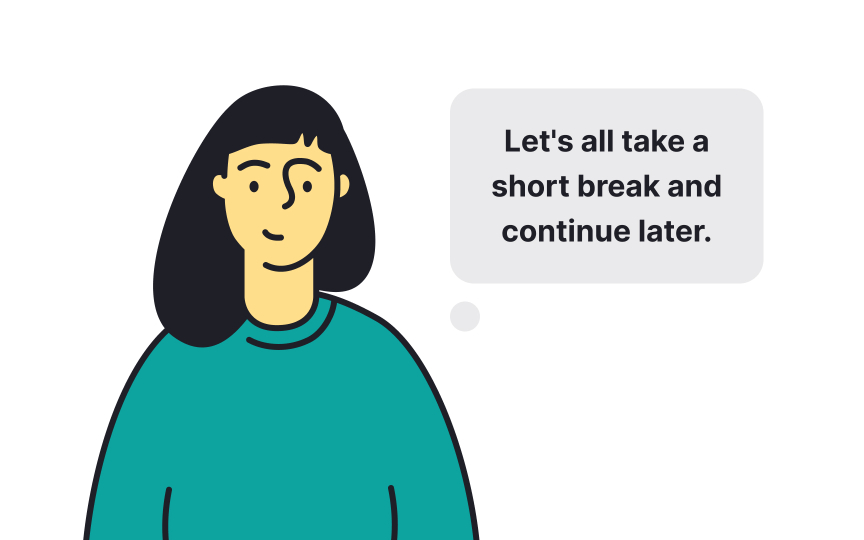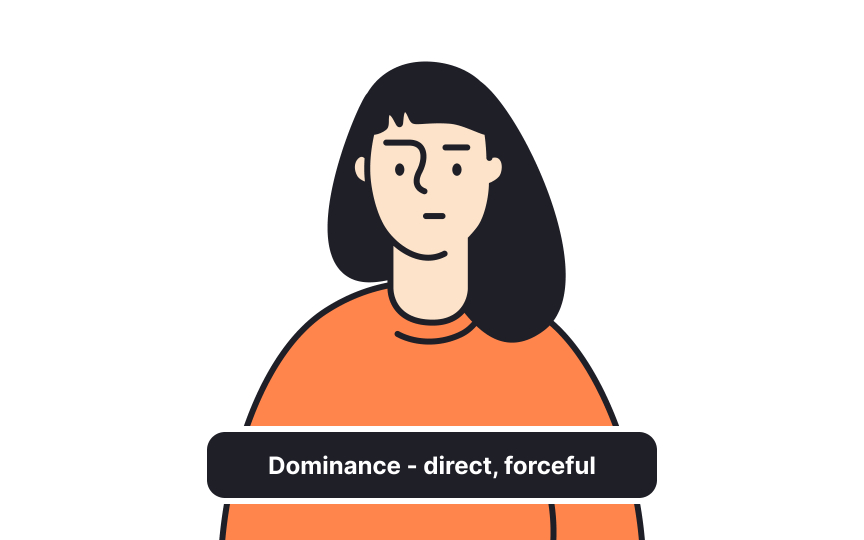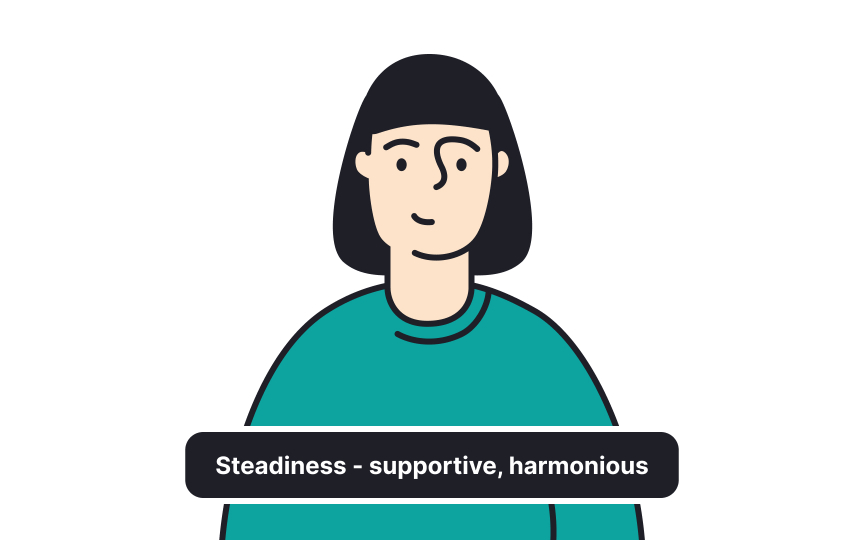Resolving Conflicts in Design Teams
Discover how to effectively manage conflicts and use them to enhance your team dynamics
Conflicts in design teams aren't just hurdles — they're opportunities for growth. While some conflicts can lead to negative outcomes like personal attacks or avoidance, they also play a crucial role in pushing a team to refine and develop ideas.
It's the job of a design leader to guide these conflicts positively, ensuring they drive innovation rather than stagnation. By fostering open, challenging discussions, design leaders can help validate and elaborate ideas, ensuring the final product benefits from a fully developed and team-supported design. This approach transforms potential discord into a constructive force for creative excellence.
Navigating conflict in design teams isn't just inevitable; it's essential for growth. While it's often seen as a negative force, conflict has two sides.
On the one hand, it can stall projects and create tension. On the other hand, it's a powerful tool for validating and refining ideas. When designers debate and challenge each other's concepts, they're forced to justify decisions and fill in any gaps. This process turns a simple idea into a robust, well-thought-out design. Conflict pushes a team towards a deeper, shared understanding of each design decision, promoting better outcomes.
However, not all conflicts are productive. The difference lies in how it's managed. Positive conflict that leads to idea validation and elaboration requires a culture of open communication, respect, and a focus on the issue, not the individual.
It's about fostering a safe environment where team members feel comfortable voicing their opinions and concerns, knowing they'll be heard and considered. In such a setting, conflict becomes a driving force for creativity, driving the design process forward and ensuring that the final product is the best it can be.[1]
Navigating conflict productively is crucial for design teams, yet not all conflicts are constructive. A productive conflict moves a project forward by fostering a shared understanding and refining ideas.
Several obstacles can hinder this positive dynamic:
- Misconception: Team members may believe they understand each other when, in fact, they do not. Without direct confrontation to test this understanding, misconceptions persist.
- Ego: Sometimes, team members are too proud or stubborn to admit their gaps in understanding. This refusal to acknowledge misunderstanding can block progress.
- Disinterest: A lack of commitment to the project can lead to disengagement. When team members would rather be elsewhere, they might not put in the effort to clarify their misunderstandings.
Overcoming these barriers is essential for reaching a shared understanding. Until then, design teams may struggle with unproductive conflict, marked by miscommunication and stalled progress.
Identifying the root of a conflict within a design team is crucial for resolution. It could stem from various factors: differing views, expectations, goals, values, or work styles, communication failures, misunderstandings, lack of trust, or even personal matters. Pinpointing the exact cause helps to focus on the actual problems rather than just the outward signs, leading to a more effective and meaningful resolution.
Here are some strategies to get to the root of conflict:
- Listen actively: Give everyone a chance to speak. This can uncover hidden issues and reduce misunderstandings.
- Ask open-ended questions: Encourage team members to explain their perspectives in detail. Questions like “What led you to this conclusion?” can reveal underlying issues.
- Analyze the conflict’s history: Look for patterns or recurring themes that might indicate deeper problems.
- Seek external perspectives: Sometimes, an outsider can spot issues that insiders are too close to see.
- Use conflict resolution frameworks: Tools like the “5 Whys” technique can help dig deeper into the root cause.
This clarity prevents misinterpretation and ensures that the team's efforts are directed at overcoming the true obstacles to collaboration and progress.
Before jumping into a conflict discussion, it's crucial for design leaders to assess if the timing, location, and atmosphere are conducive to a productive conversation.
Here are some examples of when it might not be the right moment:
- Right before a major project deadline, when stress levels are already high
- In an open office space where the discussion could be overheard and potentially embarrass someone involved
- During a team celebration or social event, where the focus should be on positive communication and not on resolving conflicts
- At the end of a long workday, when everyone is tired and less likely to have the patience for a nuanced discussion
- Through email or messaging apps, where tone can be misinterpreted and sensitive nuances lost
By carefully choosing the right time and setting, leaders can ensure that when conflicts are addressed, they are done so in a manner that promotes understanding and resolution rather than further discord.
Listening and empathizing are key for design leaders, whether directly involved in a conflict or mediating between team members. These skills help understand different perspectives, ensuring everyone feels heard.
Here are some tips for maintaining empathy and staying calm:
- Pause before responding: Take a moment to digest what's been said. This helps in responding thoughtfully rather than reactively.
- Practice active listening: Focus fully on the speaker, acknowledging their points before sharing your own. This builds trust and shows you value their contribution.
- Keep your tone neutral: Even in heated discussions, a calm demeanor can de-escalate tension.
- Ask clarifying questions: This shows you're engaged and seeking to understand, not just to win an argument.
- Breathe: Simple, deep breaths can help maintain composure and perspective during challenging conversations.
In design conflicts, focusing on users and their needs as the ultimate judges of your work is usually wise. This user-first approach fosters unity around a shared vision and objectives.
However, relying solely on user research to resolve every dispute isn't always possible, especially when:
- You’re in the early design phases and still figuring out your targeted audience
- You’re short on time and resources and can’t afford additional rounds of research now
In these situations, teams should base decisions on solid design principles, best practices, team expertise, and prior research findings. Nonetheless, incorporating user research, feedback, and testing remains a powerful method to validate assumptions, resolve disagreements, and refine designs.
Navigating design conflicts is a learning opportunity for design leaders. It's not just about overcoming obstacles — it's about growth.
Here's how conflicts can be transformative:
- Refine your approach: Reflect on conflicts to understand team dynamics and decision-making processes. Ask, "What strategies worked? What could have been handled differently?"
- Sharpen your skills: Conflicts can enhance skills like communication, negotiation,
empathy , and problem-solving. - Strengthen team bonds: Conflicts can actually bring team members closer, helping to build trust and understanding. Think about how you grew as a team through resolving this conflict.
By thoughtfully applying these insights to future projects, you can ensure smoother collaborations and a richer
The environment of mutual respect and understanding doesn’t happen overnight—it's carefully nurtured by leaders committed to fostering trust.
Here’s how to navigate conflict effectively:
- Ask detailed questions: Dive deep to understand each person's stance and clarify any confusion. Questions like "What's at the heart of this issue for you?" can reveal the core of the matter.
- Take a break when emotions flare: If the discussion gets too intense, pause it. Encourage everyone to step away, reflect, and return with clear, focused thoughts. This cooldown period can prevent hasty, emotion-driven reactions.
- Set discussion guidelines: Begin conversations with clear parameters. For example, "Let's speak one at a time without interrupting and focusing on the issue, not the person." This approach ensures that discussions are productive and everyone stays on topic.
- Deal with problems right away: If you notice someone looking upset or pulling back, talk about it sooner rather than later. Acting early can stop small issues from getting bigger.
- Show how to share feelings the right way: Help your team say how they're feeling in a helpful manner. Saying "I feel overwhelmed when..." lets people express themselves without blaming others, fostering a healthier dialogue.
Managing emotions is crucial for resolving conflicts effectively. Strong emotions, like anger or frustration, can muddle our ability to listen and think clearly.
To keep emotions in check:
- Breathe deeply to center yourself. A few deep breaths can lower tension and help regain focus.
- If overwhelmed, take a short break. Stepping away briefly can diffuse intense emotions and provide perspective.
- Recognize and respect your feelings and those of others, without judgment. Understanding each other’s emotional state fosters
empathy . - Use affirming language. Phrases like "I appreciate your honesty" or "I respect your opinion" build trust and respect.
- Engage in stress-reducing activities such as exercising, practicing yoga, or performing breathing exercises. These practices help maintain emotional balance.[2]
Remaining calm and composed helps us work through disagreements constructively, keeping discussions fruitful and preserving strong relationships.
Understanding your team's mix of personalities helps design leaders navigate conflicts more skillfully. The DiSC framework — Dominance, Influence, Steadiness, and Compliance — sheds light on how different team members might act in tense situations.
The 4 main categories include:
- Dominance: These folks are bold and straight to the point. They're great at making quick decisions but might steamroll over others' ideas during a heated debate.
- Influence: Always the team cheerleaders, they're good at smoothing over conflicts with their charm. However, they might skirt around tough issues to keep the peace.
- Steadiness: They're the team's steady hands, aiming for agreement and calm. Their gentle approach can cool down conflicts but might avoid tackling them head-on.
- Compliance: They are the detail-oriented ones who dig into the facts to solve problems. This thoroughness is great, but can sometimes slow down finding a quick compromise.[3]
Knowing these traits helps leaders approach conflicts with
Creating a conflict protocol is a powerful way to navigate disagreements within a team. It's essentially a set of guidelines that everyone agrees on for handling conflict, ensuring that discussions remain constructive and don't harm team dynamics.
Here's how to craft one effectively:
- Purpose: Define the why behind your team. What brings you together? What's your collective goal? This could be as straightforward as "to innovate and value each diverse perspective."
- Perspective: Decide how your team views conflict. Agreeing to assume positive intent and approach disagreements with curiosity can transform how you tackle challenges.
- Principles: Establish core values like kindness,
empathy , or trust. These act as your north star during disagreements. - Practices: Spell out specific actions to address conflict, like asking open-ended questions to deepen understanding.[4]
Pro Tip: Prepare "what-if" plans for when conflicts escalate, ensuring your team knows the next steps and resources available.
References
- Understanding the stress response - Harvard Health | Harvard Health
- DiSC styles - discprofiles.com | discprofiles.com
Top contributors
Topics
From Course
Share
Similar lessons

Share & Collaborate on Figma

Mentorship Program

